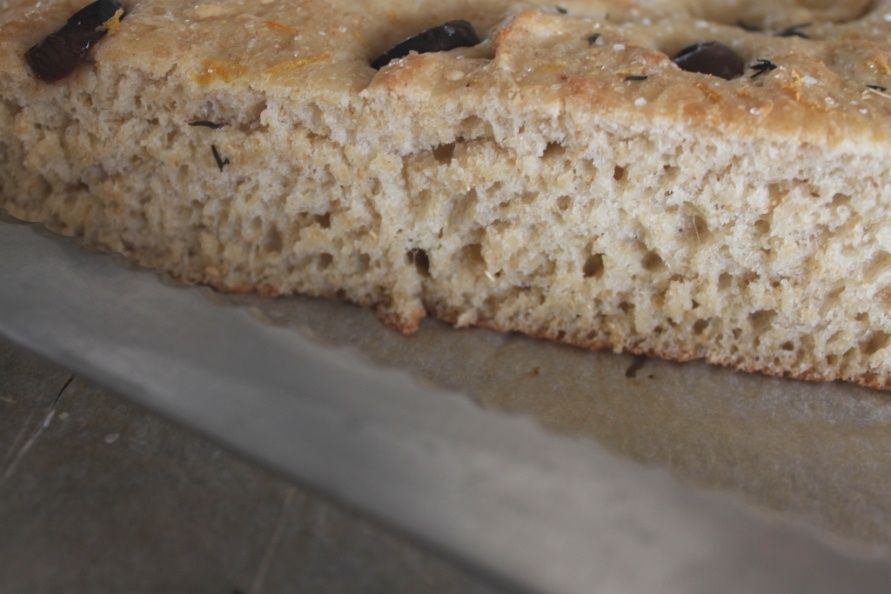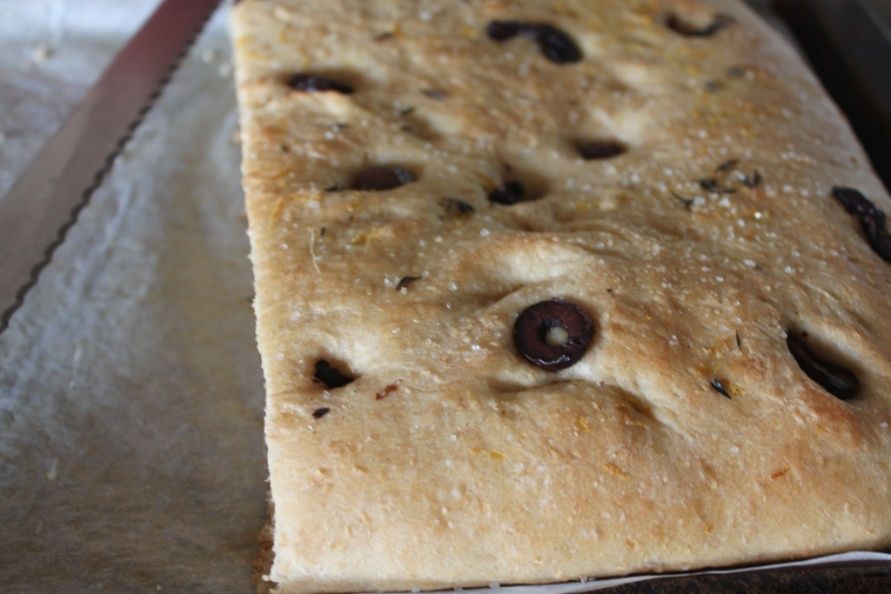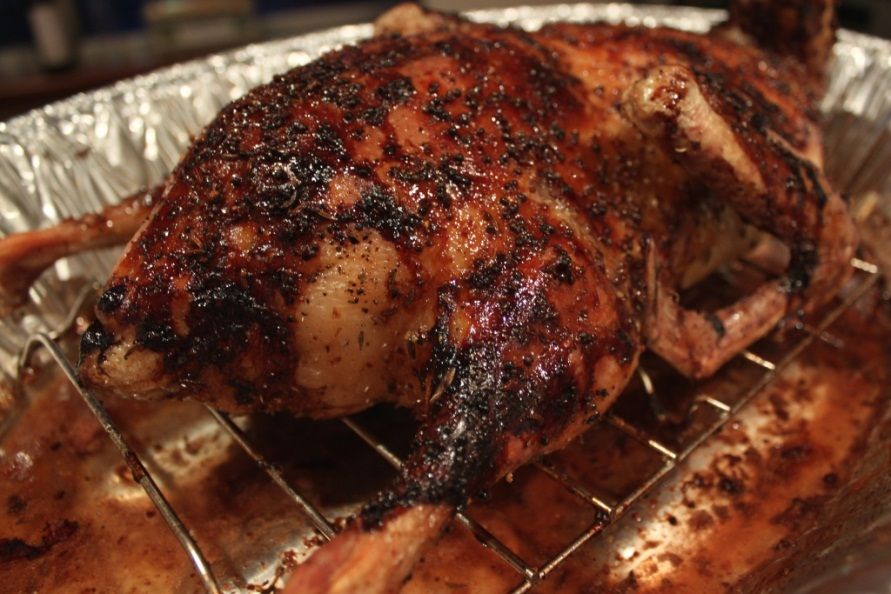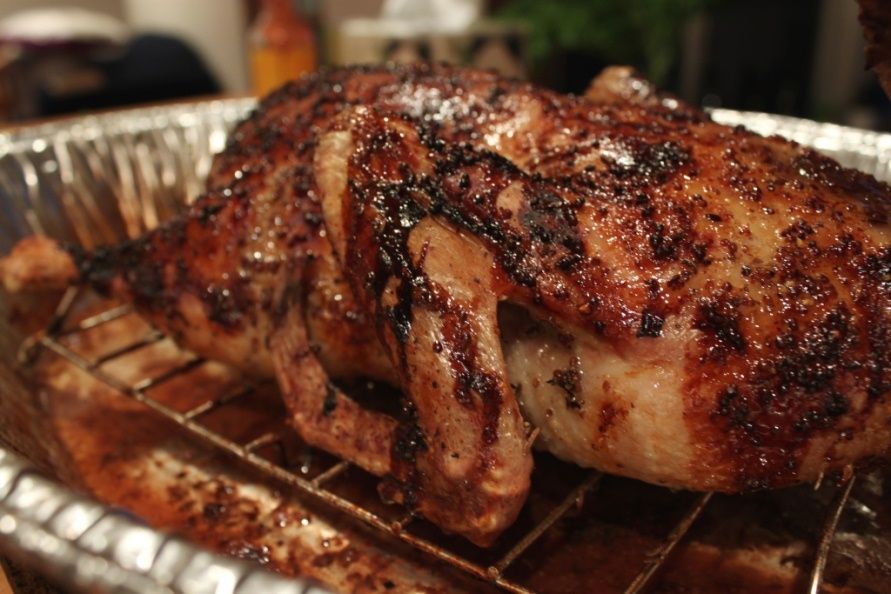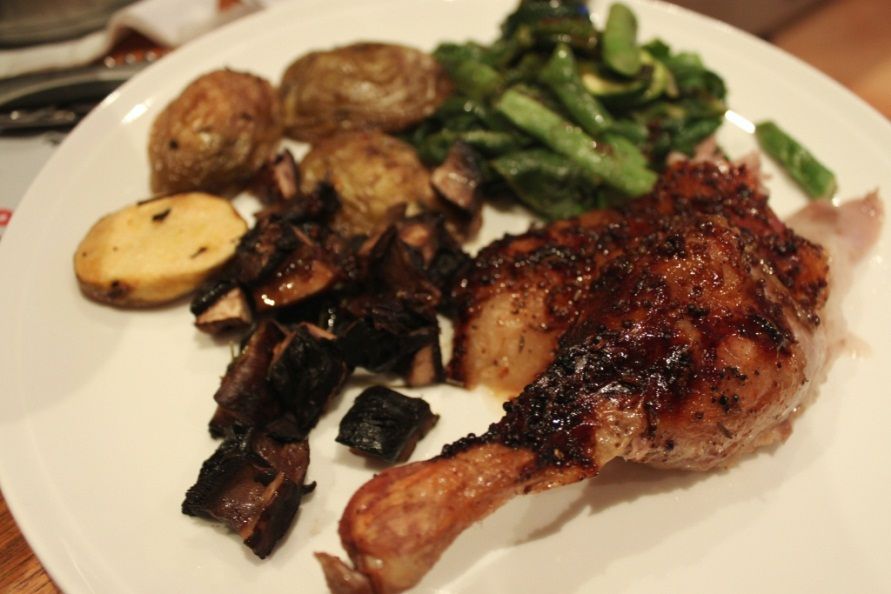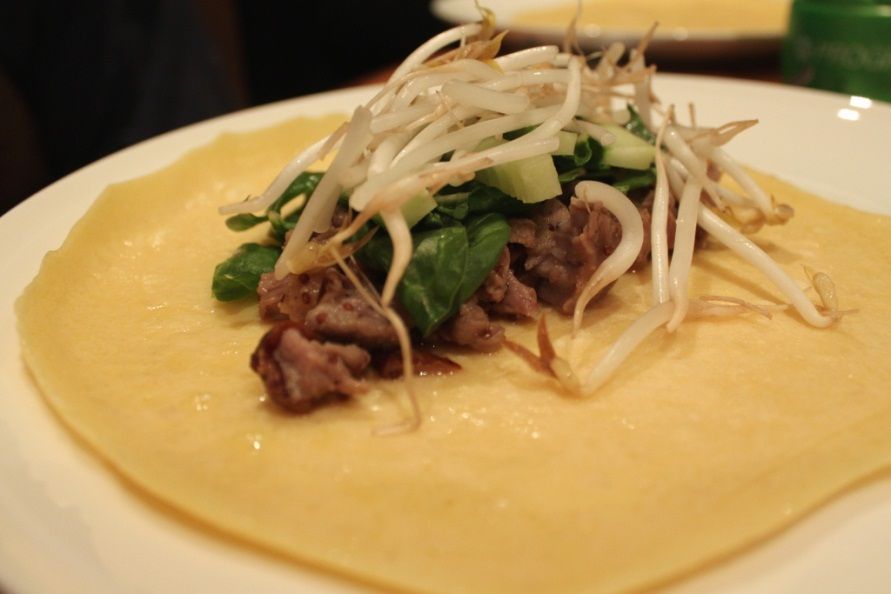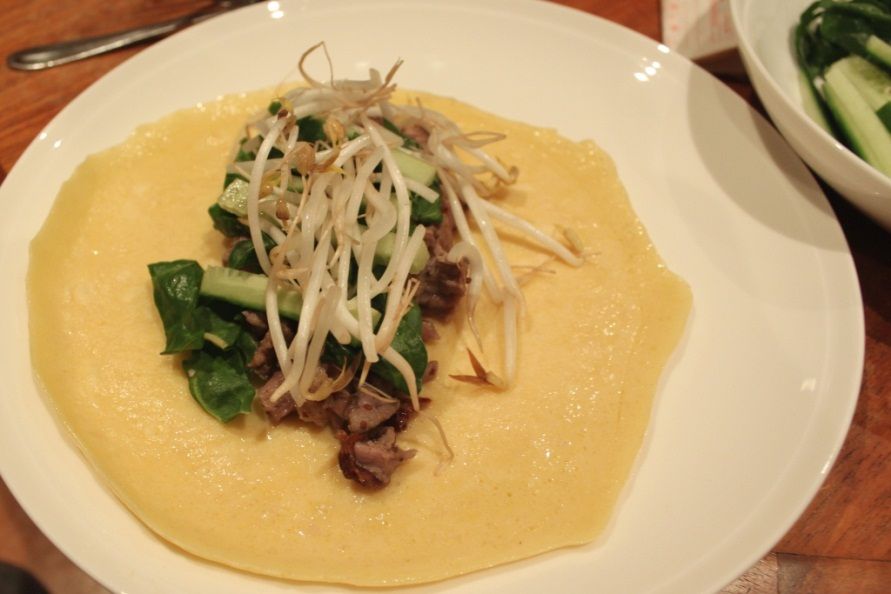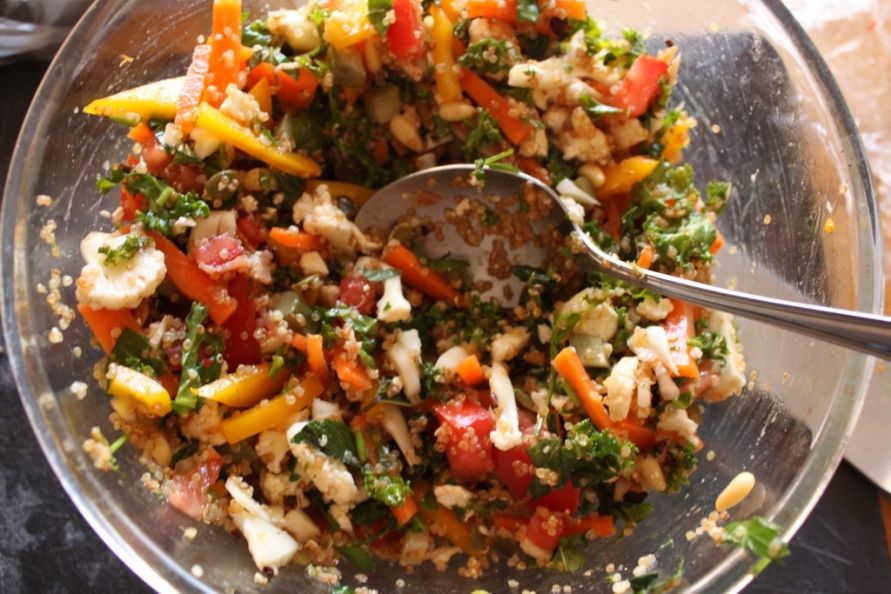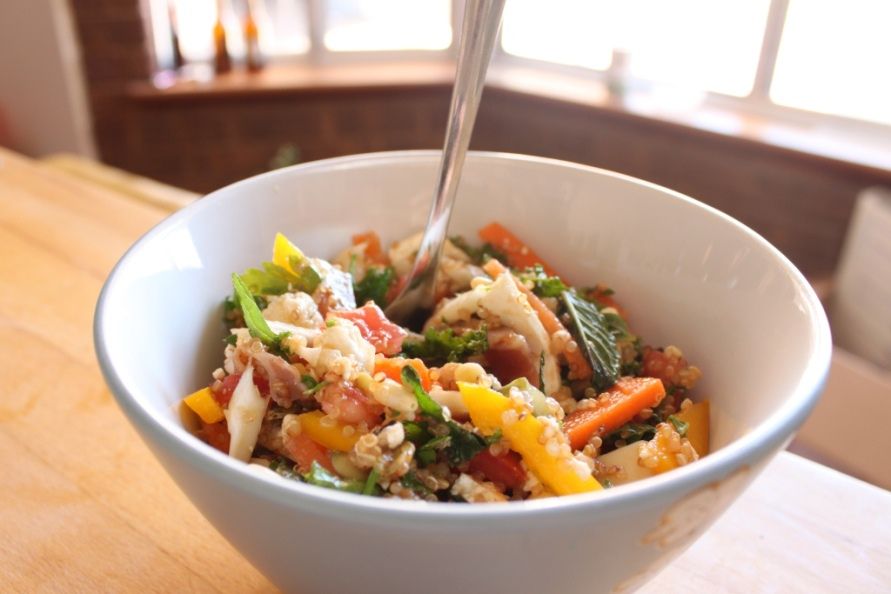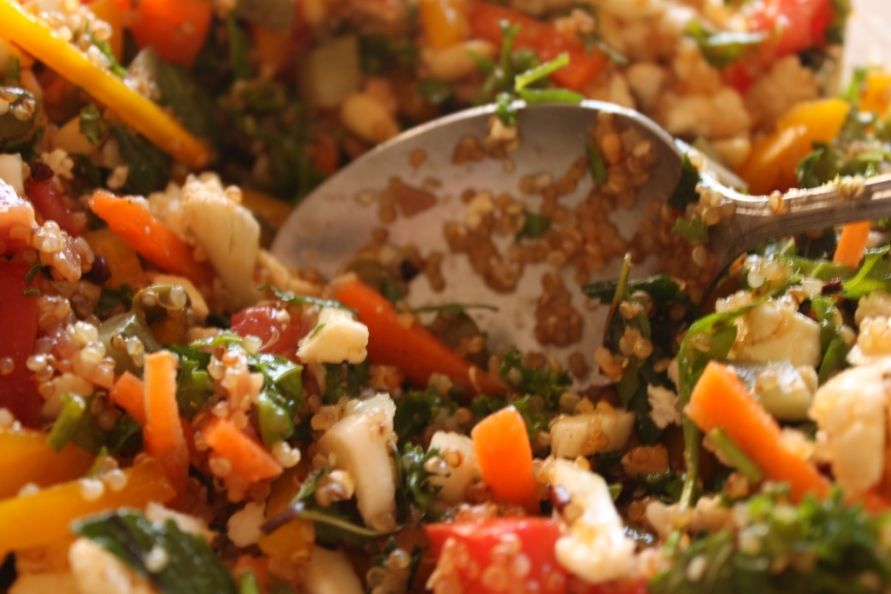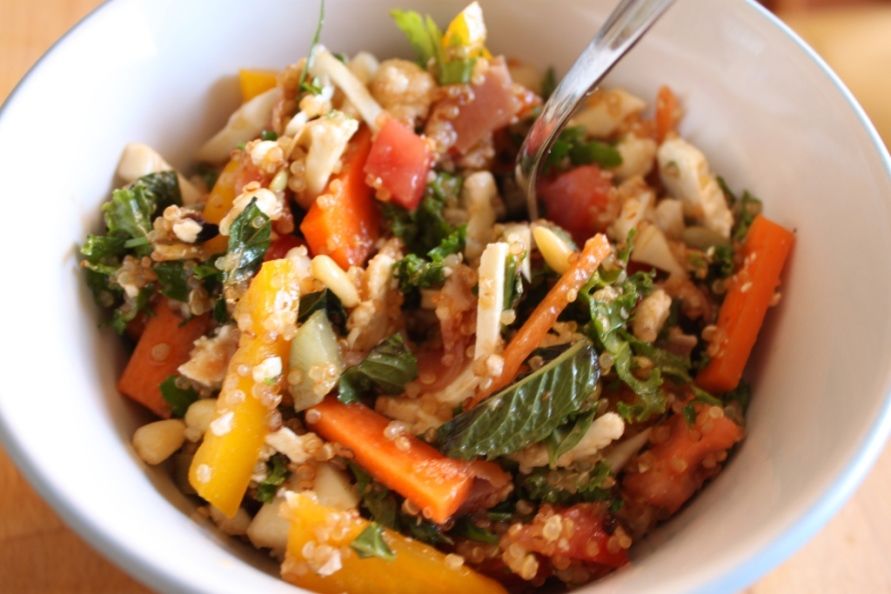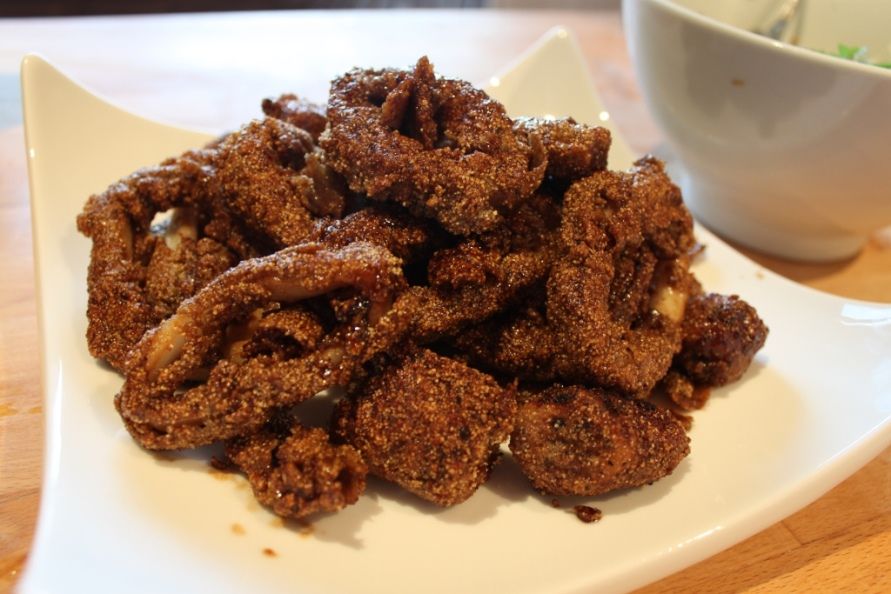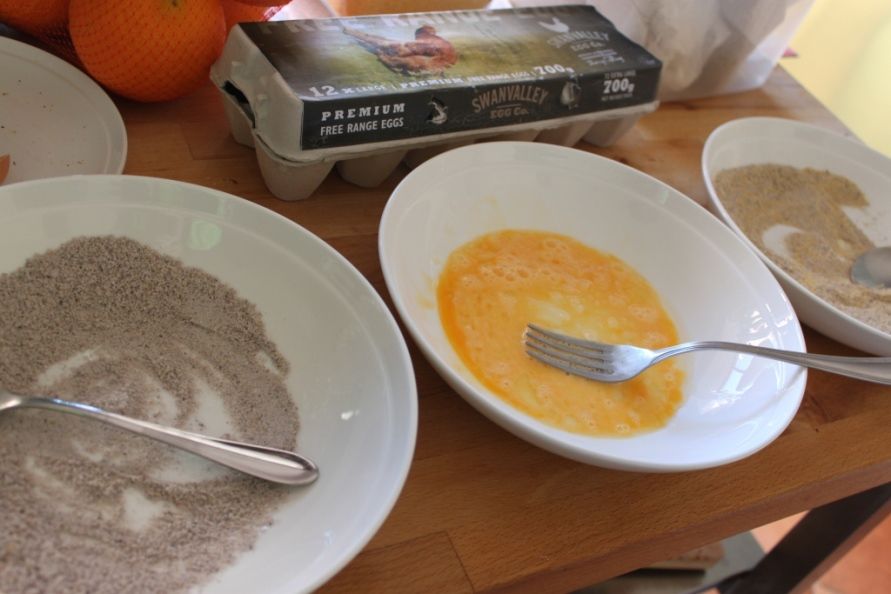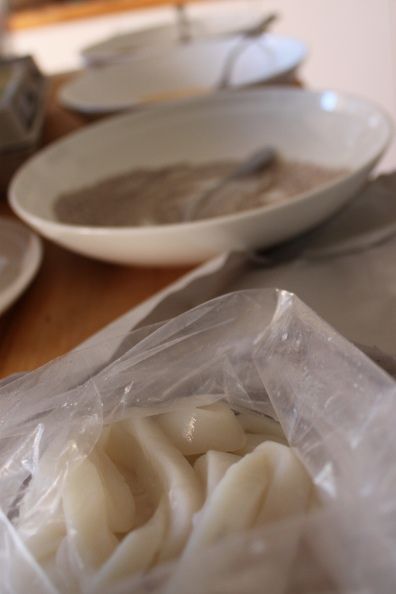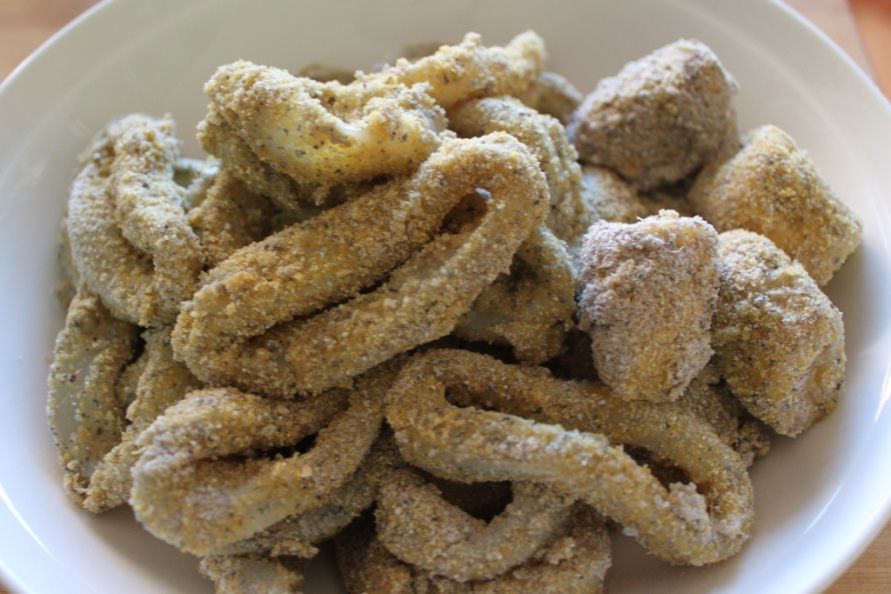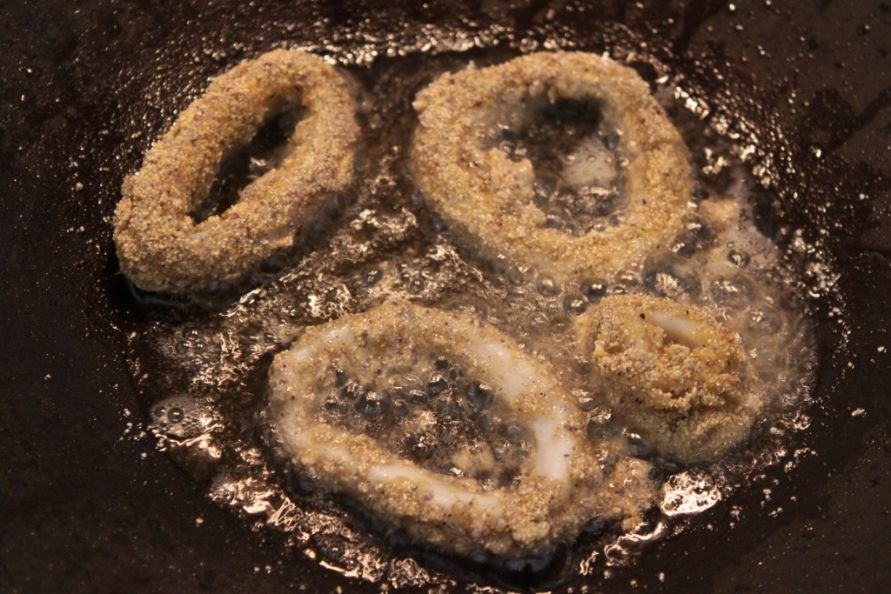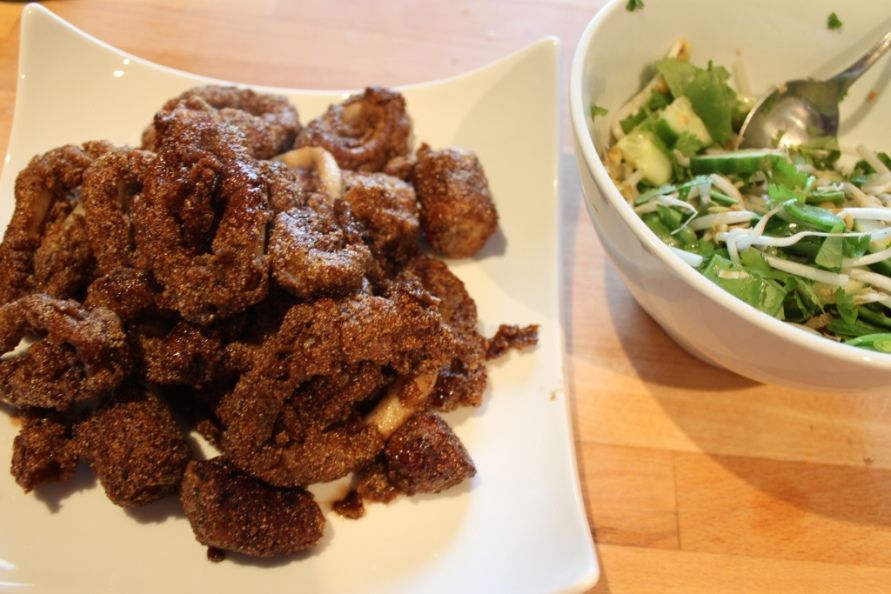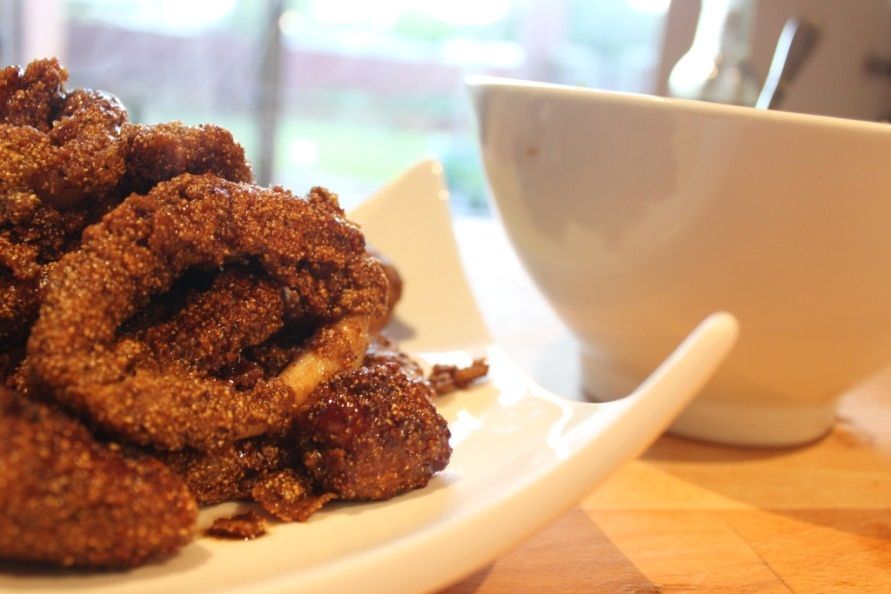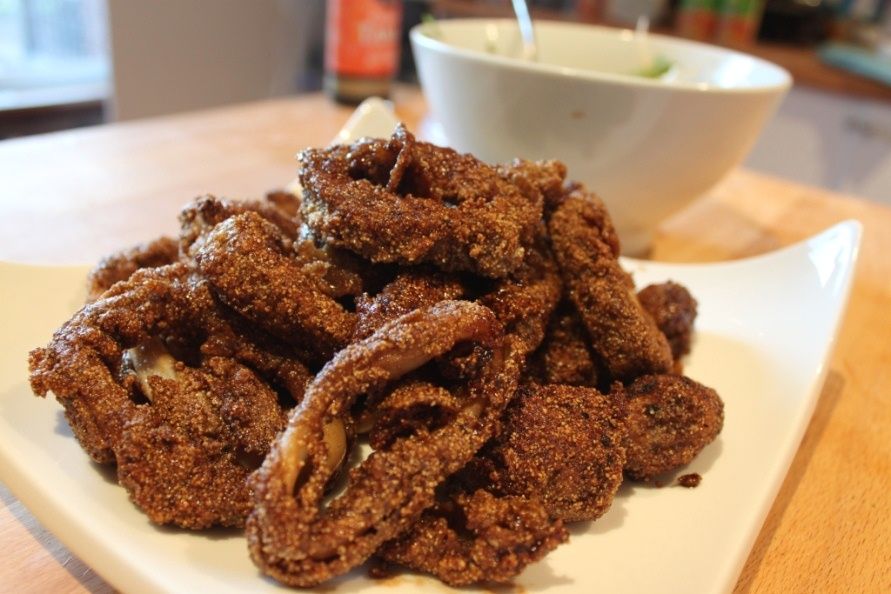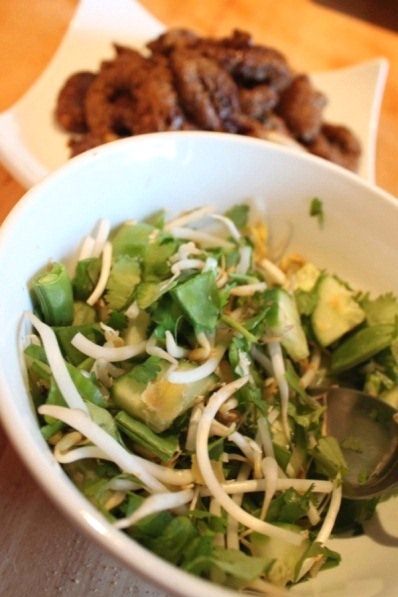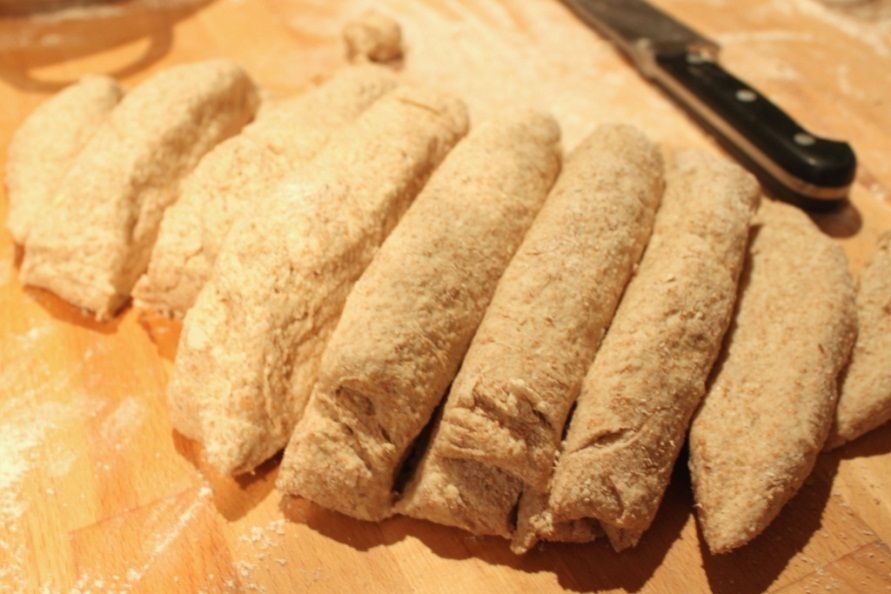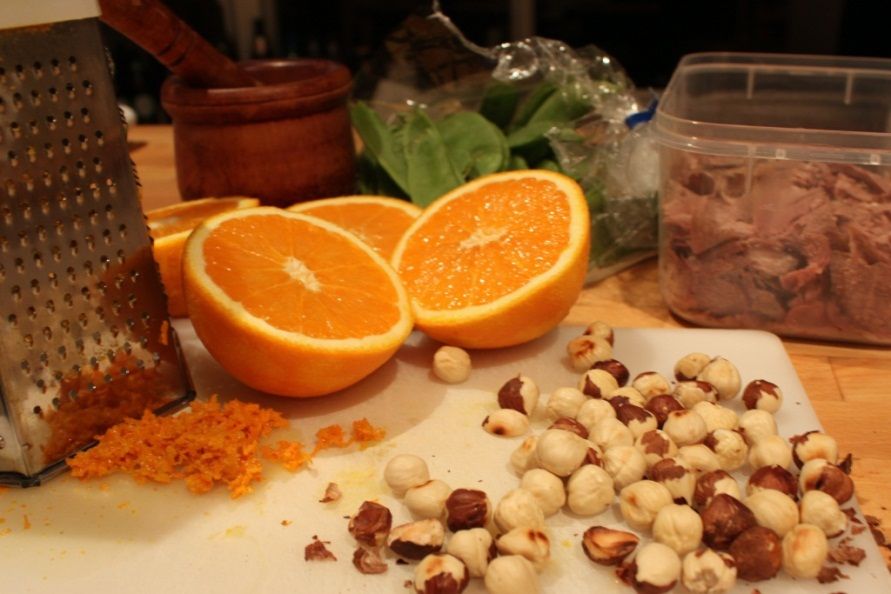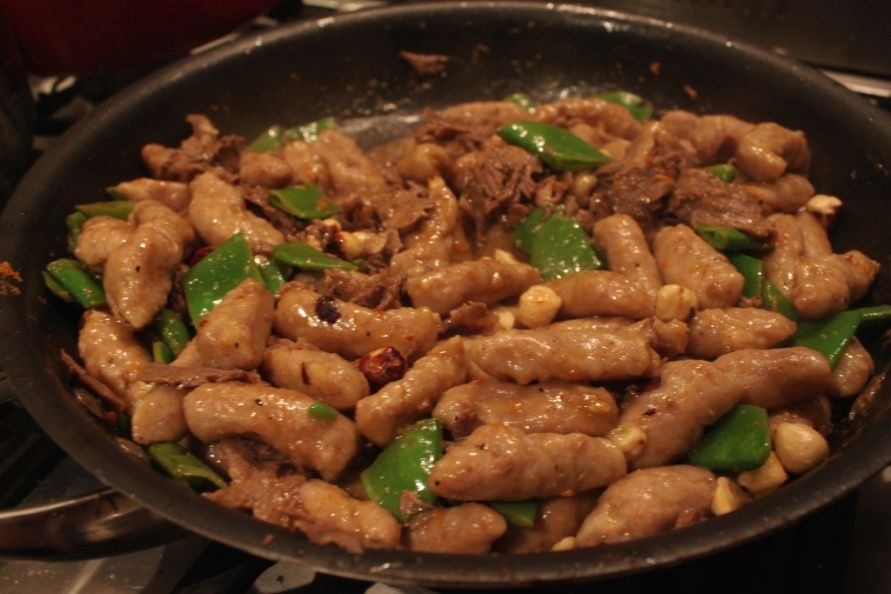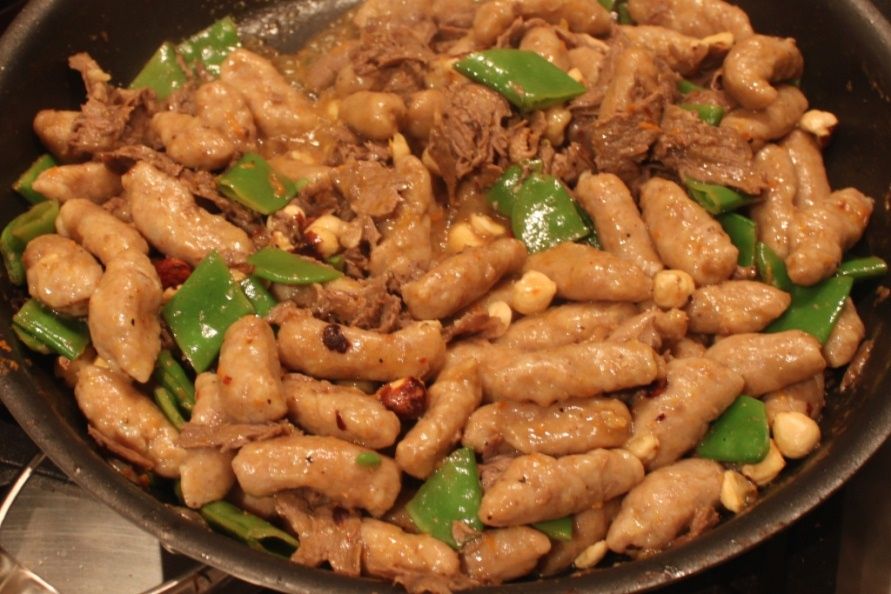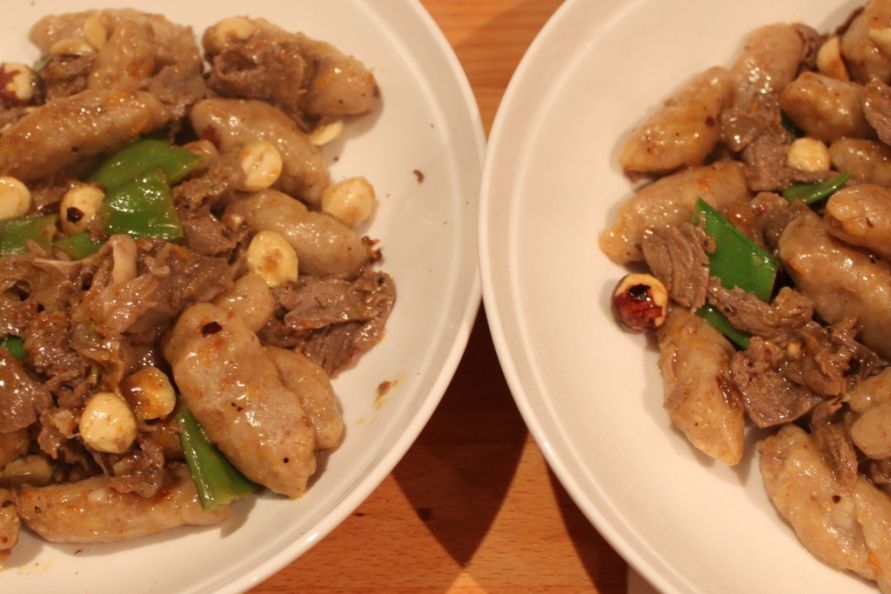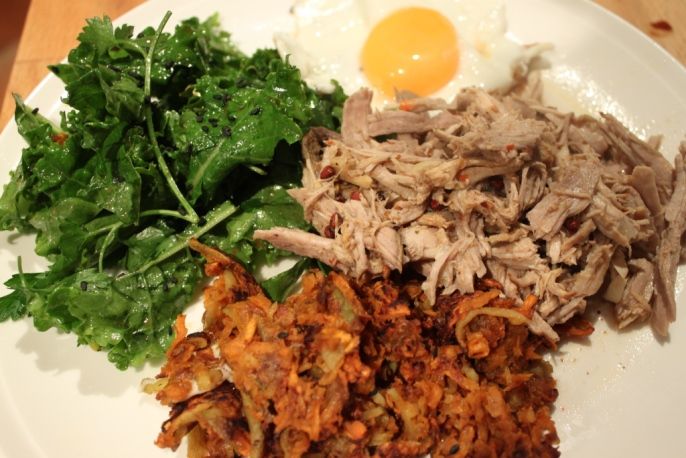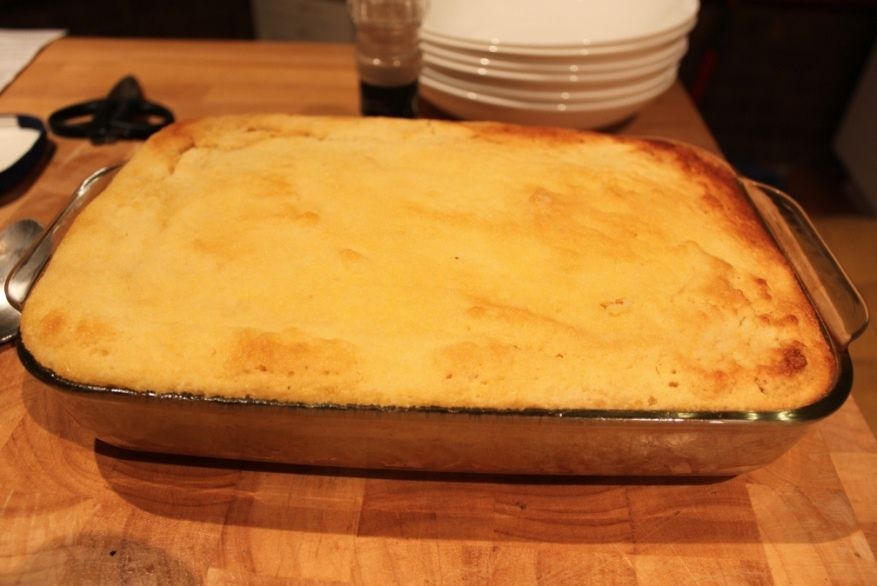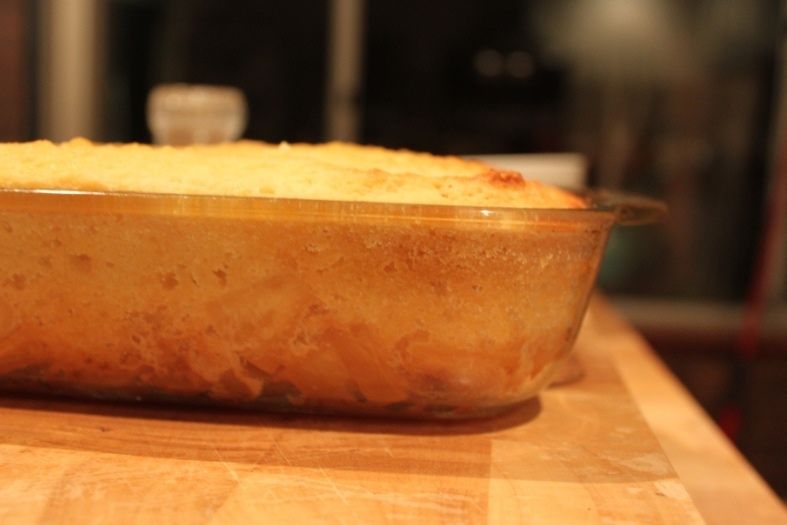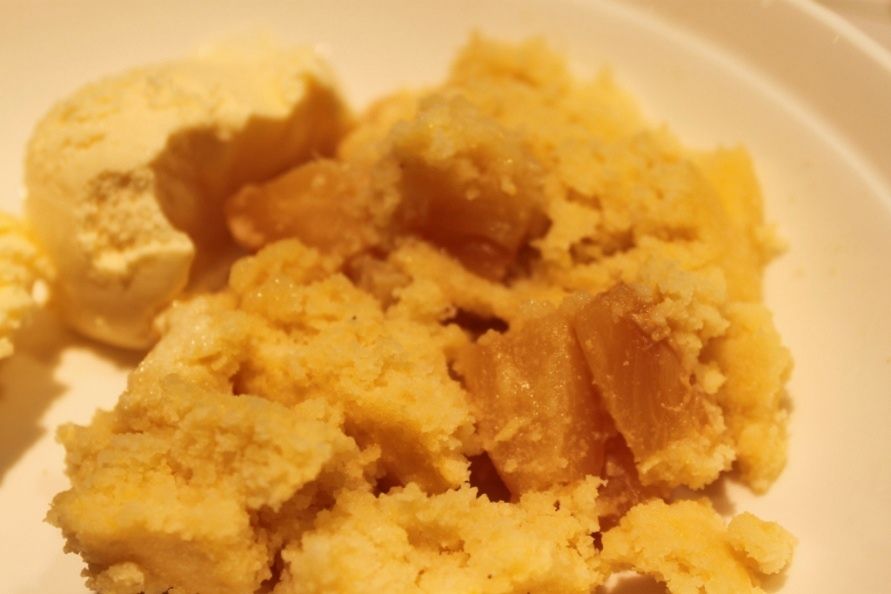You know how sometimes you get given an appliance and it sits there? Or sometimes you even buy yourself an appliance and it just sits there. Well, I’ve got a few of those in cupboards around the house. And I feel bad, because I know they are probably really useful. But when you don’t have a great deal of time to cook already, it can be just too difficult to get out a new appliance and learn how to use it. Or even think about it sitting there. It may even be revolutionary in it’s time-saving-ness and it’s something you should be using every day…but it’s in the box and you need to read the instructions and. And. And…you don’t use it. And it sits there. You need a kick to get it out and use it.
One of those
said appliances for me is a breadmaker. Stupidly, I grew up with a breadmaker,
mum stopped buying bread and made it all when I was in high school, but I still
didn’t rush to use my own. We don’t eat a great deal of bread in our house, so
it just didn’t make sense to make my own. I already have to freeze a loaf and
thaw/toast it as I need it. But then l I fell in love with pretzel rolls.
Beautiful, fluffy pretzel rolls. Not having a proper standmixer yet, I had to
work out another way of mixing the dough. And then it hit me. The breadmaker.
Well, that folks, was the revelation I needed to start using my breadmaker.
Lance and I
host an annual day-long BBQ for friends and family in October and being a full-day of
drinking and celebrating – we need decent filling snacks to keep things from
getting too rowdy. Bread is perfect for that. This recipe makes a foccacia the size of a whole baking tray, so it's perfect for entertaining a large group of people.
I served this with maple butter. A little trick I learnt on the Sweet Escape Retreat. Drizzle a little maple syrup into room temperature butter and mix in well. Delicious.
I served this with maple butter. A little trick I learnt on the Sweet Escape Retreat. Drizzle a little maple syrup into room temperature butter and mix in well. Delicious.
Lemon and
Olive Wholemeal Focaccia
2 cups warm water
1 tbsp yeast
3 tbsp sugar
2 ½ cups plain flour
2 ½ cups wholemeal flour 2 cups warm water
1 tbsp yeast
3 tbsp sugar
2 ½ cups plain flour
1/2 tsp ground cinnamon
1/2 tsp ground ginger
1 tbsp salt
1/2 cup olive oil
zest from one lemon
2 sprigs thyme, leaves picked off
20 or so pitted olives, sliced into rings
Coarse sea salt
2 tsp raw sugar
Drizzle of olive oil
In the base of your bread maker, stir the warm water, sugar and yeast together. Let it sit until foamy. Add the olive oil, then the flours, cinnamon, ginger and salt. Select the ‘dough’ setting and leave it to do it’s thing. Once finished, it should be a risen slightly sticky dough.
(If you don’t have a bread maker, follow the steps
above but mix in a standmixer. Then put the dough in a large oiled bowl ,
cover, and place bowl somewhere warm for an hour or so to double in size.)
Preheat the oven to 200C. Line a baking
tray with paper and dump the dough out into the middle . Stretch the dough out
until it covers the whole baking tray. Poke bumps and holes into the dough.
Leave it to rise in a warm area.
Drizzle a little olive oil over the top and gently rub it across. You should only need a few tablespoons. Then poke the olives into the dough a little, so it ‘holds’ them. Sprinkle with the lemon zest, thyme, salt and sugar.
Bake until golden and slightly crispy
at the edges. Serve with maple butter.

